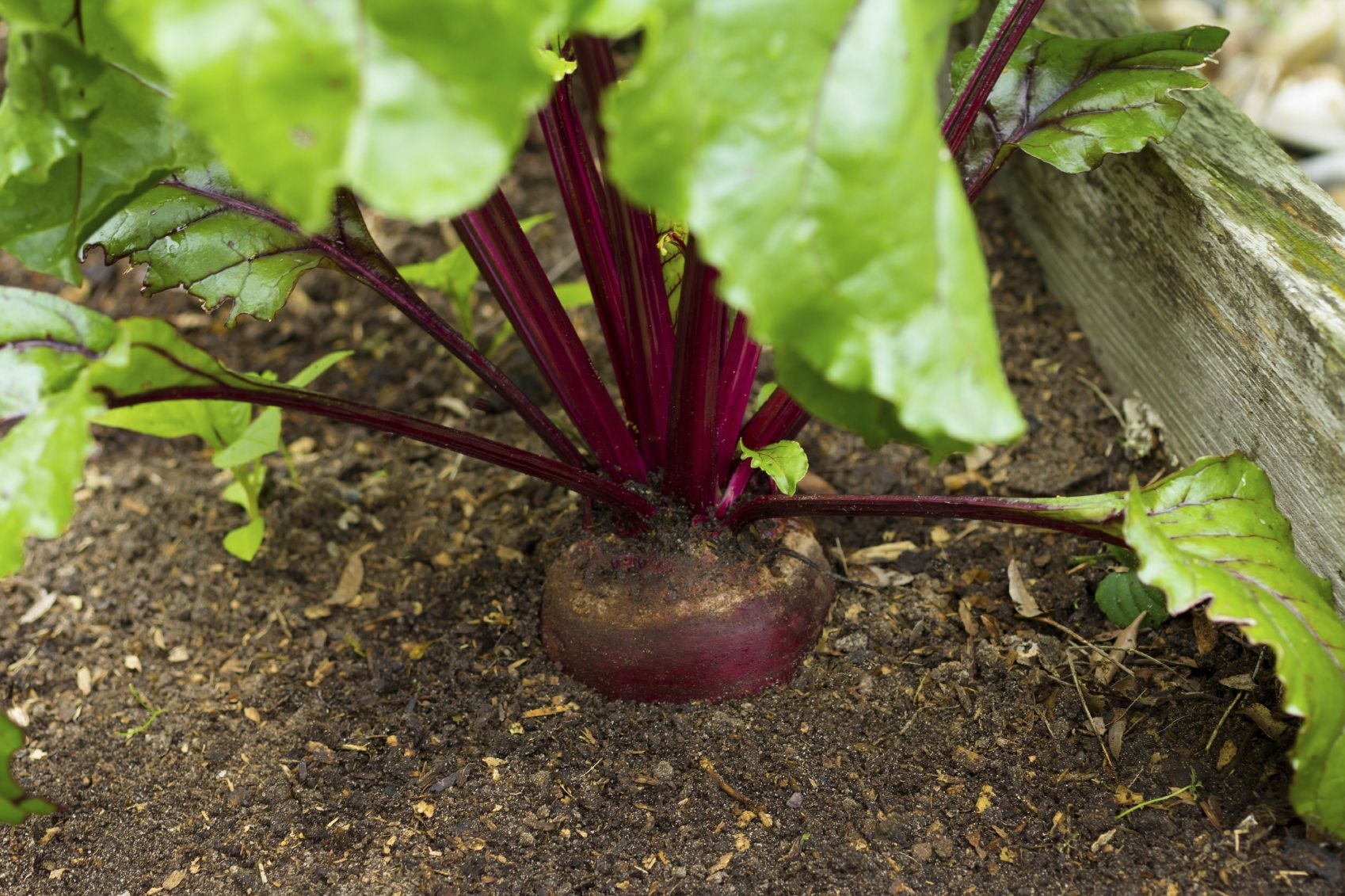Fertilizing Beet Plants: Learn When And How To Fertilize Beets


Beets are native to Mediterranean and some European regions. Both the root and the greens are high in vitamins and nutrients and are delicious when prepared a number of ways. Bigger, sweeter roots come from plants that are grown in highly fertile ground. Beet plant fertilizer should contain macronutrients, especially potassium, and micronutrients such as boron.
Beet Plant Fertilizer
Feeding beet plants is almost as important as soil tilth and water. Prepared beds should have organic matter worked into the soil to increase porosity and add nutrients, but beets are heavy feeders and will need supplemental nutrients during their growing period. The right combination of nutrients is important for knowing how to fertilize beets. The right kinds of nutrients mean bigger roots with a sweeter flavor. All plants need three major macronutrients: nitrogen, potassium, and phosphorus.
- Nitrogen drives the formation of leaves and is part of photosynthesis.
- Potassium enhances fruit development and increases resistance to disease.
- Phosphorus helps in the production of flowers and increases root growth and uptake.
Fertilizing beet plants with a high nitrogen fertilizer will result in leafy tops but minimal root development. However, beet plant fertilizer does need nitrogen to help leaves form, which in turn, provides solar energy in the form of carbohydrates. Carbohydrates are an essential part of beet root formation. Beet feeding instructions must also include the proper amount of potassium and phosphorus for overall plant development.
How to Fertilize Beets
Proper soil pH must exist in the soil in order for efficient nutrient uptake. Beets need a soil pH of 6.0 to 6.8 for optimum growth. The plants can tolerate a slighter higher pH, but no more than 7.0. is preferable. Perform a soil test to determine the status of pH levels prior to planting and tweak as necessary. Broadcast fertilizer seven days before planting. Use 3 pounds (1.5 kg.) of a 10-10-10 for fertilizing beet plants. Side dress the plants one to three times with 3 ounces (85 g.) of the 10-10-10 formula. Higher rates are necessary for areas with more rainfall. Most regions have adequate potassium for large root production, but a soil test will reveal any deficiencies. In the event that your soil has limited potassium, side dress with a formula higher in potassium, which is the last number in the ratio.
Special Beet Feeding Instructions
Boron is necessary for feeding beet plants. Low levels of boron will cause black sunken spots on and in the root. Internal black spot can be prevented with ½ ounce of Borax per 100 square feet (14 g. per 9 sq. m.). Excess boron is damaging to some other food crops, so a soil test is necessary to indicate if Borax is needed. Keep beet plants well supplied with moisture, especially at fertilization. This will help draw nutrients into the soil where the roots can utilize them. Cultivate shallowly around beet plants to prevent weeds and harvest beets when they are the size you require. Store beets in a cool location for several weeks or can or pickle them for even longer storage.
Gardening tips, videos, info and more delivered right to your inbox!
Sign up for the Gardening Know How newsletter today and receive a free copy of our e-book "How to Grow Delicious Tomatoes".

Bonnie Grant is a professional landscaper with a Certification in Urban Gardening. She has been gardening and writing for 15 years. A former professional chef, she has a passion for edible landscaping.
-
 Looking For Plants To Give You The Soft And Fuzzies? Try These 5 Fuzzy Leaf Plant Options
Looking For Plants To Give You The Soft And Fuzzies? Try These 5 Fuzzy Leaf Plant OptionsLovers of texture, drama, silver foliage and tactile plants will adore these special sensory garden additions. These fuzzy leaf plant options will leave you all aglow
By Susan Albert
-
 Get Ready For A Summer Of Hummers! Grow These Full Sun Hummingbird Plants and Flowers
Get Ready For A Summer Of Hummers! Grow These Full Sun Hummingbird Plants and FlowersIf you’re lucky enough to enjoy a sunny backyard, make sure you are maxing out on your pollinator opportunities and grow these full sun hummingbird plants and flowers
By Tonya Barnett